Transform Insights into Action with Advanced Tracking Solutions
Gain accurate, real-time data to fuel smarter marketing decisions through expert web analytics and advanced tracking solutions. Discover deeper insights, optimize every touchpoint, and drive measurable business growth with confidence.

Core Tools We Use for Powerful
Web Analytics
We leverage top web analytics tools to track performance, analyze user behavior, and drive data-driven decisions for business growth.
-
Google Analytics 4 (GA4)
A powerful tool for tracking interactions, engagement, and conversions with predictive insights and cross-platform analytics. -
Google Tag Manager (GTM)
Simplifies the deployment of tracking tags and scripts without modifying website code, ensuring accurate data collection. -
Meta Pixel
Essential for tracking the performance of Facebook and Instagram ads. It provides data on user actions, helping you optimize ad spend and ROI. -
Hotjar and Microsoft Clarity
Visualize user behavior with heatmaps, click tracking, and session recordings to see how users interact with your site. -
Server-Side Tagging
Ensure accurate data by bypassing ad blockers and cookie limits perfect for businesses needing reliable insights.
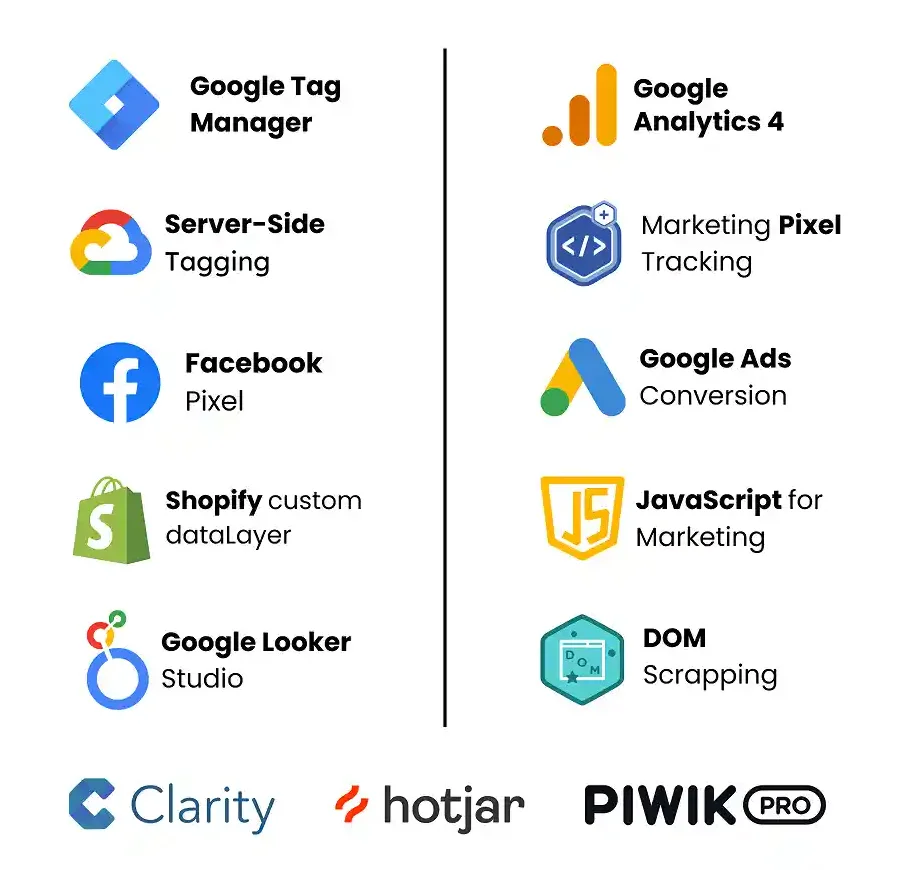
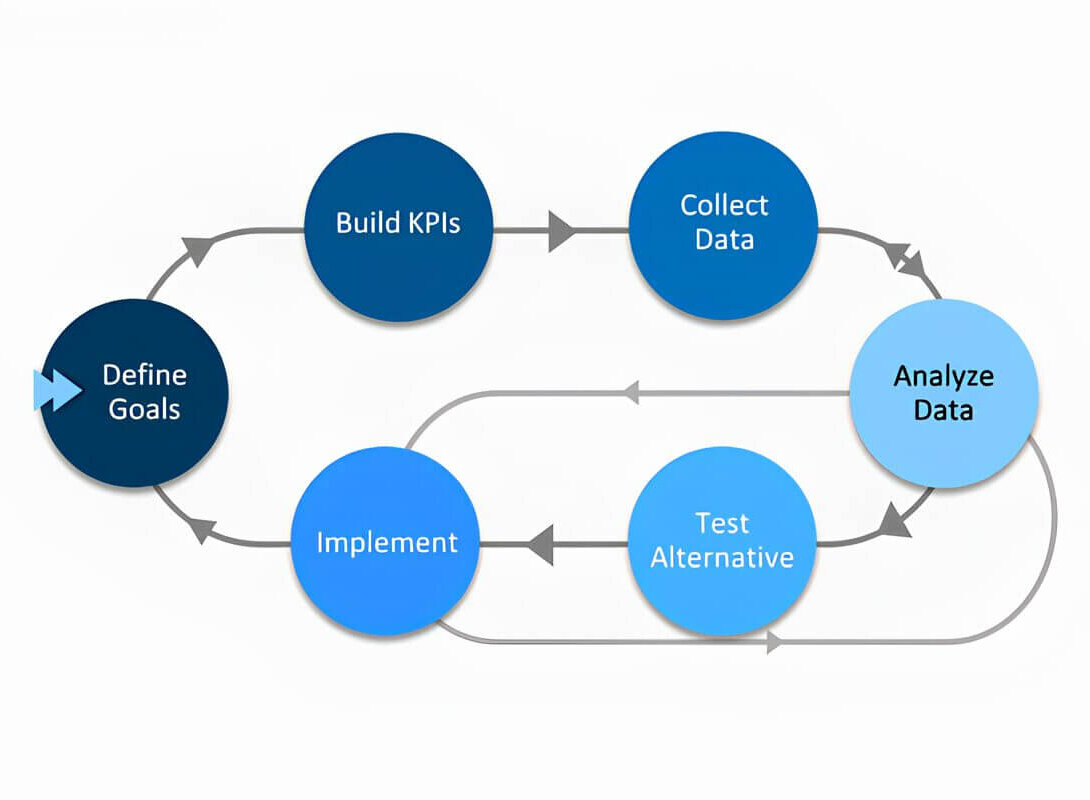
The Web Analytics Framework Transforming Data into Strategic Growth
The web analytics process turns raw user data into meaningful insights that drive growth. From setting up tracking systems to analyzing user behavior and conversion paths, each step helps businesses understand what’s working and what needs improvement to make smarter marketing and product decisions.
Data Collection
The first step in web analytics is gathering data. This is done using tools like Google Analytics, Meta Pixel, or Google Tag Manager. These tools track various user interactions, such as page views, purchase, and form submissions, providing a wealth of information about how visitors engage with the website.
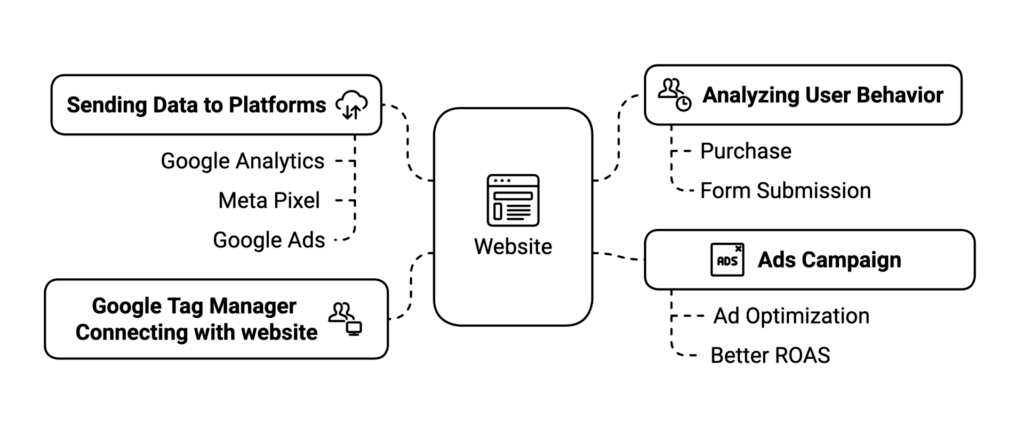
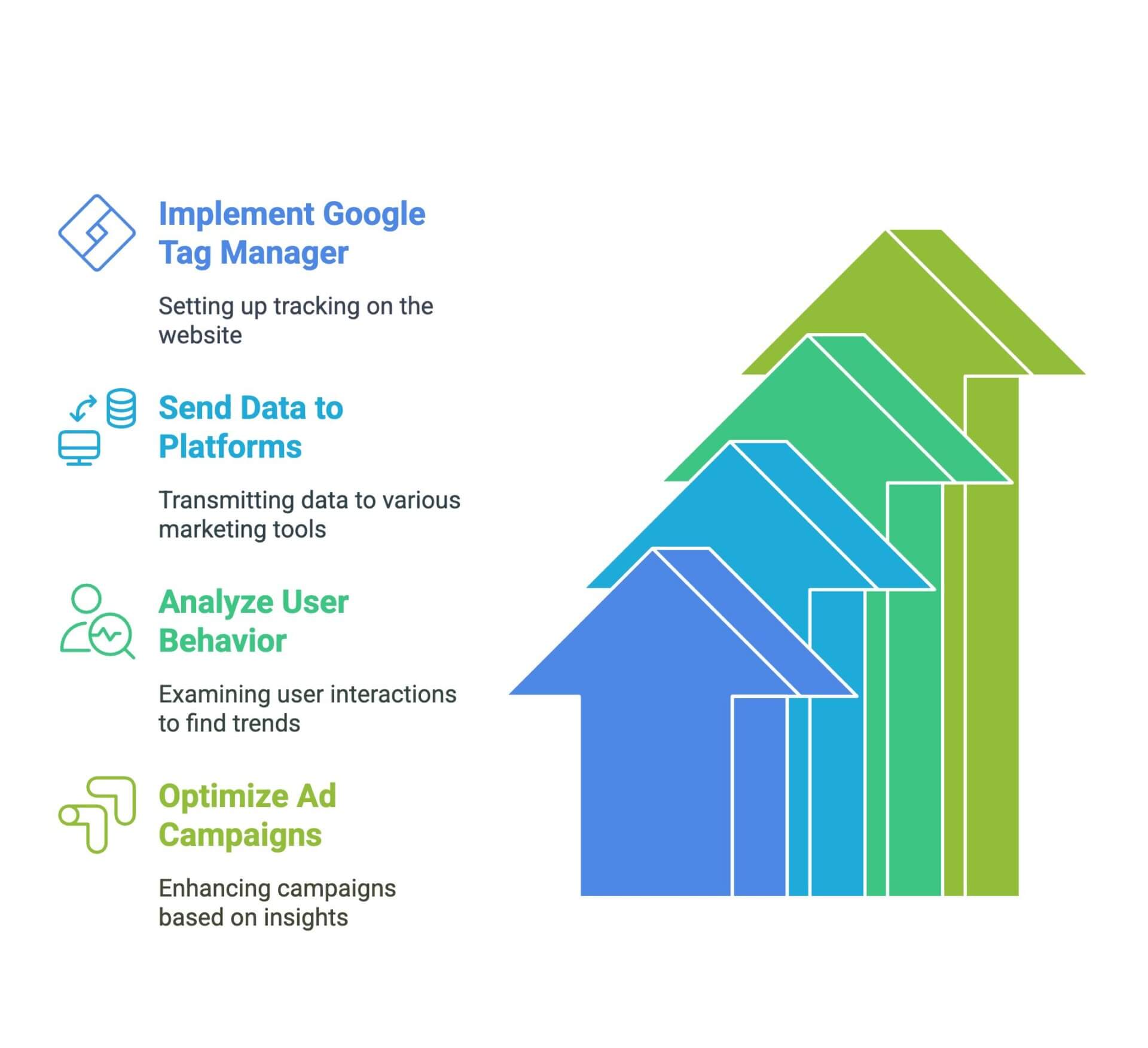
Let’s Grow Together
Ready to unlock your website's potential? At Adflix, we help businesses thrive with data-driven insights and strategies. Contact us today to learn how our Web Analytics services can help you achieve your goals.

Measurement and KPIs
Once data is collected, it’s time to measure performance through Key Performance Indicators (KPIs). KPIs are specific metrics that reflect the success of a website in achieving its goals.
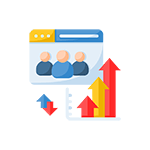
Traffic Metrics
Total visits, unique visitors, Referral traffic and measures traffic sources.

Engagement Metrics
Bounce rate, engagement rate and average session duration.
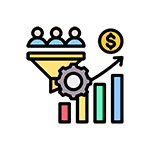
Conversion Metrics
Purchases, lead generation, form submission, and schedule booking.

Retention Metrics
Retention rate, churn rate, and customer lifetime value

Data Analysis
Data analysis is the heart of the web analytics process. By examining trends and user behavior patterns, businesses can uncover insights about what drives performance.
Which product pages have the highest engagement?
Which step causes most cart abandonments?
Which products are most generating revenue?
This analysis helps identify successful strategies and areas for improvement, enabling businesses to refine their approach and boost conversions.

Reporting
and Data Visualization
Insights are only valuable when they drive action. Reporting transforms raw data into clear, actionable insights through dashboards, charts, and summaries. By focusing on key KPIs and trends, reports empower stakeholders to make informed, strategic decisions. Popular reporting platforms include:
Google Analytics 4
Looker Studio
BigQuery
These platforms help visualize business performance and enable smarter, data-driven decisions. Google Analytics 4 tracks user behavior and conversions in real time, Looker Studio builds interactive and shareable dashboards, and BigQuery analyzes large datasets quickly using advanced SQL queries.
Making Smarter Business Decisions with Web Analytics
Web analytics empowers businesses to make smarter, data-driven decisions by providing a clear view of how users interact with their website and marketing channels. Here’s how it helps:
Tracking audience behavior
Measure website performance
Optimize marketing campaigns
Make data-driven decisions
Drive sustainable growth
With the right analytics setup, you don’t just collect data, you turn it into meaningful decisions that drive real business outcomes.

Looking to Maximize ROAS?
Start with Data-Driven Web Analytics
Web analytics plays a crucial role in improving ROAS (Return on Ad Spend) by providing actionable insights and data-driven strategies.
Looking to Maximize ROAS? Start with Data-Driven Web Analytics
Web analytics plays a crucial role in improving ROAS (Return on Ad Spend) by providing actionable insights and data-driven strategies.

-
Understand Audience Behavior
Track user journeys and identify high-performing channels to optimize campaigns. -
Improve Ad Targeting
Leverage data for precise targeting and effective retargeting. -
Boost Conversion Rates
Use A/B testing and funnel analysis to refine user experience. -
Maximize Budget Efficiency
Monitor real-time performance and reallocate budget to top-performing ads. -
Accurate Attribution
Identify which channels drive the most conversions for smarter investment. -
Predict Future Trends
Use past data to forecast performance and plan campaigns strategically.
